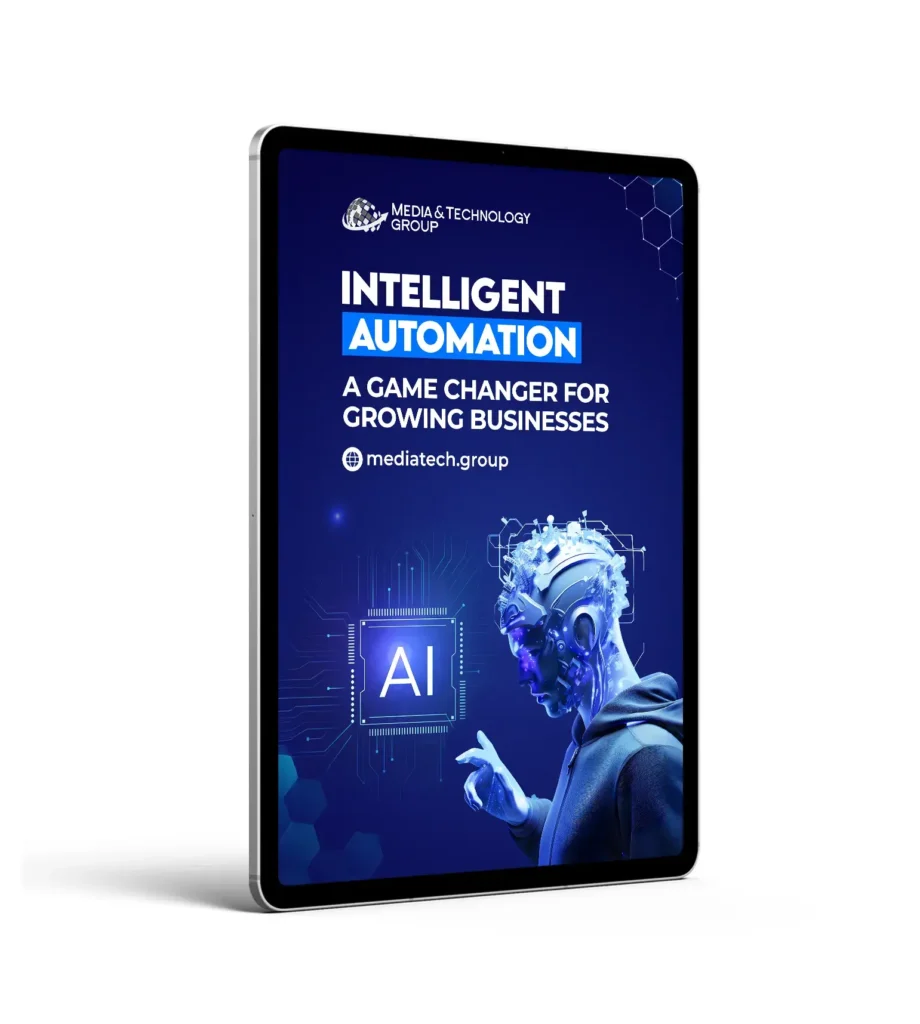In a move that’s sending ripples through the publishing world, Google has begun implementing AI-written summaries for some news articles in US and UK search results. This development, making waves in AI news circles, marks a significant shift in how information is presented to users and poses new challenges for publishers. Let’s dive into the implications of this AI-driven change and what it means for the future of digital journalism.
What’s Happening: Google’s AI Summaries
- Google is using AI to generate concise summaries of news articles.
- These summaries appear in search results for US and UK users.
- The AI draws information from multiple sources to create comprehensive overviews.
The Technology Behind the Change
Google’s AI summarization technology likely involves:
- Natural Language Processing (NLP): To understand and interpret the content of news articles.
- Text Summarization Algorithms: To condense information while maintaining key points.
- Machine Learning Models: To improve summary quality over time based on user interactions.
Impact on Publishers: Challenges and Opportunities
Challenges for News Outlets
- Reduced Click-Through Rates: Users might get the information they need from summaries without visiting the original articles.
- Loss of Context: AI summaries might not capture the nuance or depth of original reporting.
- Brand Dilution: Publishers may lose direct engagement with readers if content is primarily consumed via summaries.
- Revenue Concerns: Potential decrease in ad revenue due to reduced site visits.
Potential Opportunities
- Increased Visibility: Well-summarized articles might attract more attention in crowded search results.
- Focus on Unique Content: Encouragement for publishers to produce more in-depth, analysis-driven content that goes beyond basic facts.
- Adaptation of SEO Strategies: New opportunities to optimize content for AI summarization.
- Data Insights: Potential access to new data on how users interact with summarized content.
Implications for Journalism and Content Creation
This development could lead to significant shifts in the journalism landscape:
- Emphasis on Depth: A potential move towards more in-depth, investigative journalism that AI can’t easily summarize.
- Multimedia Integration: Increased focus on video, interactive, and audio content that complements text.
- Fact-Checking Importance: Greater emphasis on accuracy, as AI summaries might amplify any misinformation.
- New Storytelling Formats: Development of formats designed to work alongside or in spite of AI summaries.
User Experience: Pros and Cons
Benefits for Users
- Quick access to key information from multiple sources
- Easier comparison of different perspectives on a story
- Time-saving for busy readers seeking brief overviews
Potential Drawbacks
- Risk of oversimplification of complex issues
- Possible loss of diverse viewpoints if summaries homogenize content
- Reduced exposure to in-depth analysis and context
SEO in the Age of AI Summaries
The rise of AI-generated summaries necessitates a shift in SEO strategies:
- Structured Data: Increased importance of clear, structured data to guide AI summarization.
- Unique Insights: Greater emphasis on providing unique perspectives that stand out in summaries.
- Multimedia SEO: Optimizing non-text content to complement AI-summarized text.
- Featured Snippet Optimization: Adapting content to be selected for Google’s featured snippets.
Ethical and Legal Considerations
This development raises several ethical and legal questions:
- Copyright Issues: Concerns about fair use and copyright infringement in AI-generated summaries.
- Attribution: Ensuring proper credit is given to original sources in summarized content.
- Bias in AI: Addressing potential biases in AI summarization algorithms.
- Transparency: The need for clear disclosure of AI-generated content to users.
The Future of News Consumption
Looking ahead, we can anticipate:
- Personalized News Summaries: AI tailoring summaries based on user preferences and reading history.
- Multi-Modal Summaries: Integration of text, images, and video in AI-generated overviews.
- Interactive Summaries: Users able to dive deeper into specific points of interest within summaries.
- Cross-Language Summarization: AI breaking down language barriers in news consumption.
Adapting to the New Landscape
For publishers and journalists, adapting to this change may involve:
- Embracing AI Tools: Using AI for content creation and optimization.
- Focusing on Unique Value: Emphasizing exclusive reporting and expert analysis.
- Diversifying Content Formats: Exploring podcasts, videos, and interactive features.
- Building Direct Relationships: Strengthening connections with readers through newsletters and community engagement.
Conclusion
Google’s introduction of AI-generated news summaries marks a significant moment in the evolution of digital journalism and content consumption. While it presents challenges for traditional publishing models, it also opens up new opportunities for innovation in content creation and distribution.
As this AI news development continues to unfold, it will be crucial for publishers, journalists, and tech companies to work together in shaping a future where AI enhances rather than replaces quality journalism. The key will be finding a balance that serves readers with quick, accurate information while preserving the depth, context, and diversity of perspectives that good journalism provides.
Stay tuned for further developments in this space, as the interplay between AI and journalism continues to reshape how we consume and interact with news in the digital age.







